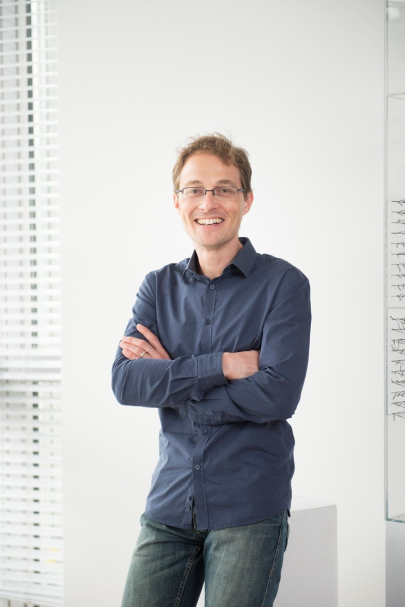Pierre-Emmanuel RautouCentre de recherches sur l’inflammation (CRI) - Faculté de Médecine Xavier Bichat / INSERM / Université de Paris
Mes recherches
Mes recherches portent sur le rôle des vaisseaux dans les maladies du foie. Je suis, depuis 2009, médecin spécialisé dans les maladies du foie (hépatologie). Après une thèse de sciences en biologie vasculaire et hémostase au sein du centre de recherche cardiovasculaire Parisien (PARCC) (2011), j’ai effectué un post-doctorat en recherche en hémostase aux Etats-Unis en Caroline du Nord (Chapel Hill, Pr Nigel Mackman, 2011-2012). De 2012 à 2018, j’ai rejoint l’équipe du Dr Chantal Boulanger au PARCC. En 2016, j’ai été nommé Professeur des Universités et Praticien hospitalier à l’Université de Paris. Après l’obtention de l’ATIP-Avenir 2018, j’ai créé l’année suivante l’équipe « Rôle des vaisseaux dans les maladies du foie » au sein du Centre de recherche sur l’Inflammation (Inserm UMR 1149). En 2019, j’ai obtenu un projet Européen multicentrique (21 centres) H2020 en tant que coordinateur.
Mon projet ATIP-Avenir
TACTICAL: Targeting Autophagy in endothelial Cells to Treat cIrrhosis and liver CAncer due to metaboLic syndrome
Current view of the pathogenesis of non-alcoholic steatohepatitis (NASH) centers on the response of hepatocytes to insulin resistance and lipotoxicity, immune system and hepatic stellate cell activation being regarded as secondary events. The role of liver endothelial cells in NASH and its complications remains overlooked.
Autophagy is a key process for endothelial cell biology in large arteries. Nothing is known on the role of endothelial autophagy in chronic liver diseases. I hypothesize that endothelial cell autophagy is a crucial process in NASH, NASH-related cirrhosis and liver cancer that can be specifically targeted to treat these liver diseases.
To test this hypothesis, I designed a tactical plan with the aims: (a) to provide a comprehensive landscape of the autophagic pathway in liver endothelial cells at all stages of the transition from simple steatosis to NASH, NASH-related cirrhosis and cancer; (b) to determine the consequences of a defect in endothelial autophagy on the transition from simple steatosis to NASH, and its complications; (c) to identify vectors for specific targeting of liver endothelial cell to restore autophagy and improve NASH, and its complications.
